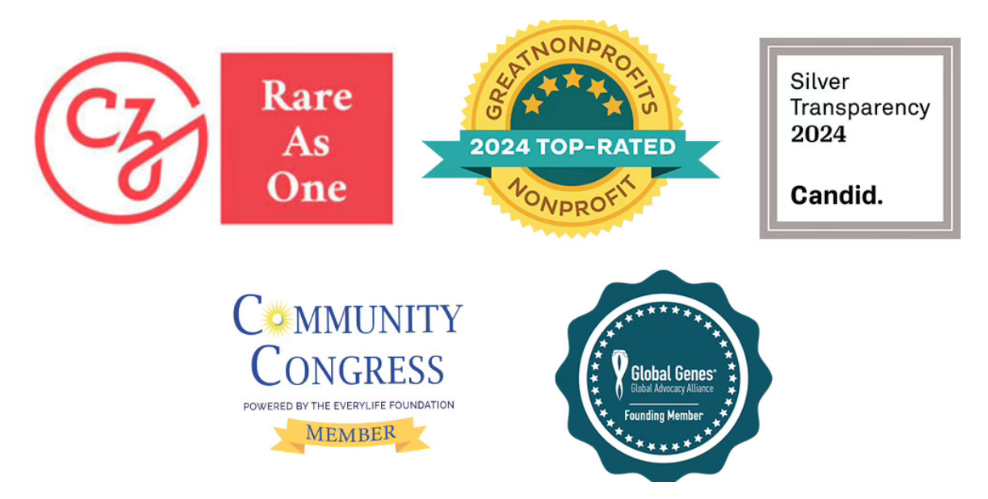Animal models, fibroblasts, and other bio samples that are instrumental for conducting research on Leigh syndrome. We strongly encourage researchers to utilize this information to propel their studies and deepen our understanding of Leigh syndrome.
Some of the resources listed on this page are funded by Cure Mito, while others are not. Our aim is to provide researchers with access to as comprehensive a range of resources as possible. If you are aware of any resources not currently included here, please contact us at info@curemito.org so we can add them.
Research projects spearheaded by Cure Mito are made possible through the generous donations of patient families. We invite all interested families to get in touch and explore how they can contribute and get involved.
iPSC
SURF1, patient-derived and control line. Available through collaboration with Transcripta Bio.
Request for researchMouse
MT-ATP6
Mouse model is available from the Mitochondrial Genetics Laboratory at the MRC Mitochondrial Biology Unit, University of Cambridge.
Cellular models
MT-ATP6
Cellular models are available from the Mitochondrial Genetics Laboratory at the MRC Mitochondrial Biology Unit, University of Cambridge.
Rat
SURF1, Knockout
Cure Mito funded the development of a SURF1 KO rat model with UT Southwestern. It is currently under characterization. Findings to come.
Yeast models
Cure Mito is collaborating with Perlara on yeast-powered drug repurposing screens for SURF1 Leigh Syndrome
Learn moreMouse
SURF1, Knockout
References:
Patient RNA
SURF1, ECHS1, MT-ATP6, MT-ND1
Cure Mito partners with Unravel - Unravel's rareSHIFT project uses home RNAseq kits to drive global patient participation in drug discovery, leveraging AI to stratify patient data, predict treatments, and accelerate clinical trials.
To request RNAseq datasets, please contact us at info@curemito.org.
Learn moreMouse
Slc25a46, Nonsense mutation
(ENU mutagenesis)
Dog (Alaskan Husky)
SLC19A3, Homozygous c.624 insTTGC, c.625 C>A
Dog (Yorkshire
terrier)
SLC19A3, Homozygous c.205_210delins35
More information
A review by Dr. Alessandro Prigione and team summarizes the established disease models of Leigh syndrome and their key findings.



